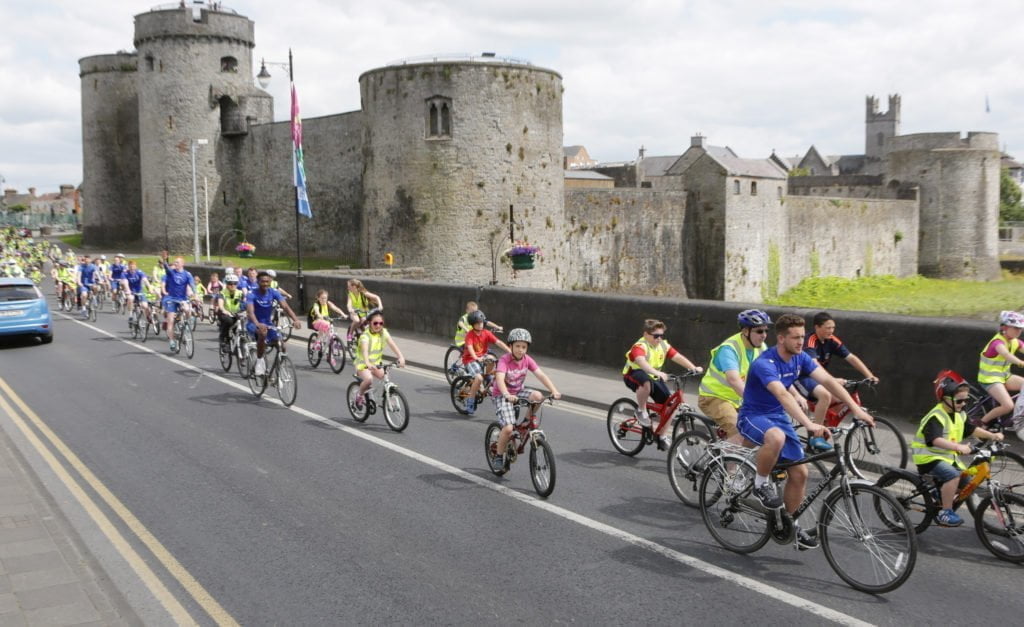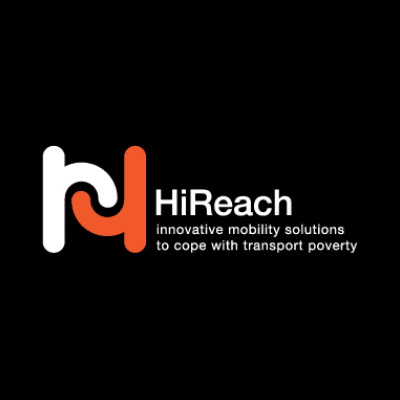Limerick
Limerick is a city in western Ireland, with a population of around 94,000, making it the third largest city in the Republic of Ireland.
Limerick city is under the jurisdiction of Limerick City and County Council. The council has responsibility for local services such as sanitation, planning and development, libraries, collection of motor taxation, local roads and social housing in the city.
Historically Limerick was an agricultural commodity-driven economy, due to its position as the first major port along the River Shannon. By the middle of the 18th century, Limerick Port grew to become one of Ireland's principal commercial ports, exporting agricultural produce from the most fertile tracts in Ireland known as the Golden Vale as well as produce from the surrounding counties
The city's economic development has been driven in part by the University of Limerick, Limerick Institute of Technology, Shannon Airport in County Clare and Shannon Development (an economic development agency), whose precursor was SFADCO (Shannon Free Airport Development Company), an economic agency that provided tax incentives to companies locating in the area surrounding Shannon Airport.
Shannon Airport is 20 km west of the city in County Clare. It is one of Ireland's main airports and is accessible from Limerick.
Local public transport is provided by several companies. Bus Éireann, Ireland's state-owned bus company, operates a number of services subsidised by the National Transport Authority, while a number of provide operators also run commercial bus services in and around Limerick. Iarnród Éireann's Limerick Colbert station is the railway hub for the city and the Mid-West Region with a number of intercity and commuter rail services.
In 2019 the city published its Climate Action Plan, which identifies how Ireland will achieve its 2030 targets for reduction in carbon emissions and a pathway towards achieving net zero emissions by 2050. A priority of the Action Plan is tackling emissions from the transport sector, which accounted for almost 20% of Ireland’s greenhouse gases in 2017.
Active travel has been a core part of the city's sustainable mobility agenda and a shared surface walk and cycle way was developed along the canal bank linking Corbally and the city centre to the University of Limerick (approximately 4.5km). This is a key commuter route for students and employees. Limerick has a popular and well used Bike Share Scheme which was developed by the National Transport Authority (NTA). There are 23 bike stations and 215 bikes in the city centre.
It is also a policy of the Council to support and facilitate the integration of land use and transportation policies, to ensure the delivery of sustainable compact settlements, which are served by sustainable modes of transport. In shaping the pattern of development and influencing the location, scale, density, design and mix of land-uses, the integration of land-use and transportation can help reduce the need to travel and facilitate sustainable development.
You can find out more on their website, or follow them on Twitter.


